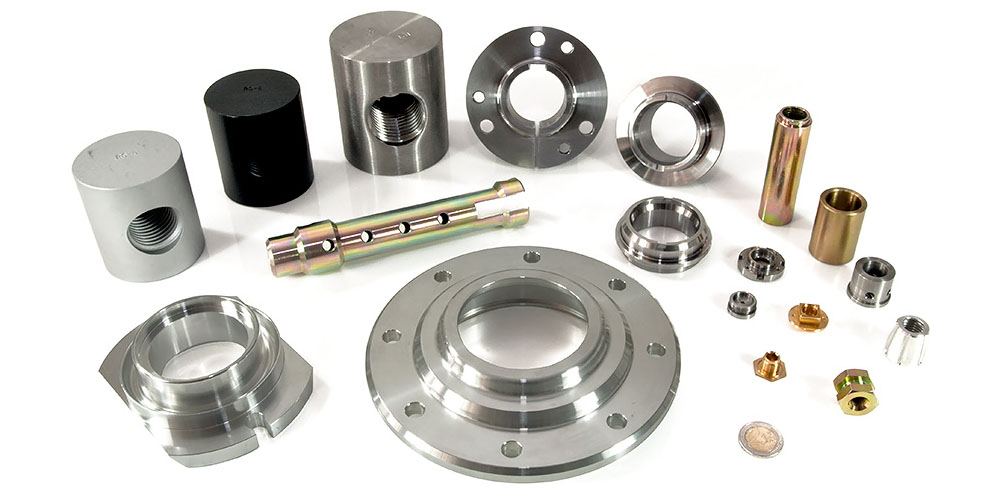CNC milling refers to the process of cutting or drilling pieces of materials like metal. The machines use rotating and cutting tools that perform their significant functions. The cutting tools on a CNC milling machine are usually held together within a spindle. The spindle is one of the most considerable milling parts, and its size typically varies depending on the type and brand of the machine. The size of the spindle affects the size of the cutting tools.
More extensive cutting tools are not highly preferred because they are typically slower and waste many materials in the process. On the other hand, smaller cutting tools are a popular choice because they promote less waste and very fast. Computer numerical control CNC milling machines hence the term CNC (Computer Numerical control).
How do CNC milling machines work?
Note that CNC milling is a type of CNC machining. This means that it does not work the same way as CNC machining, although it uses Computer Numerical Control. The CNC milling process is not so much different from drilling or cutting.
CNC milling machines use cylindrical cutting tools. These stools rotate in various directions on different axes when cutting the material. These cutters move in several directions along multiple axes due to the advanced technology and the machines’ nature. These machines also can create a wide range of shapes, slots, holes, and other impressions, depending on what you want to make. This is because, with CNC milling machines, you can move your workpiece or material into specific directions across the milling tool. Regular milling or drilling methods could only achieve an individual axis motion at a time. This means that CNC milling machines are better when it comes to production capabilities.
Other than the overall production capabilities, another significant difference between traditional milling machines and CNC machines receive their instructions through G-codes. The instructions are fed into the devices through the CNC control panel and translated into the CNC control, which happens to be the machines’ brains.
In simpler terms:
The functioning of CNC milling machines can be summed up into the following simple steps;
- Designing a virtual presentation. This is done using CAD modeling software using G-code.
- Converting the model is designed into a CNC program so that the machines can have an easier time translating the model.
- Setting up of the milling machine. The operator does this. This part of the process also included conducting a final check to ensure all the details and models are in perfect shape before the work begins.
- Conducting the milling operation. This process should be easy if the first three phases are completed flawlessly.
Conclusion
Once the milling process has begun, all the operator has to do is feed the object into a stationary rotating tool. From there, you have to move the device across the object while it is still immobile. You have to move the tool and object relative to each other so that your machine can function correctly. Note that you also have to select the materials you want to fashion using this method.

